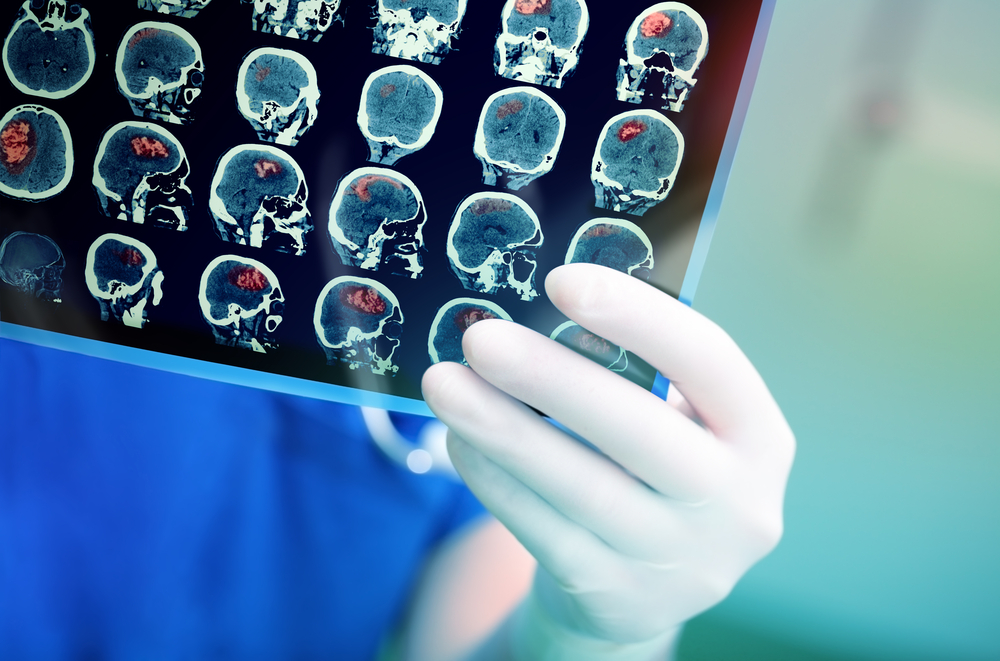Here are three things you should know about brain cancer:
- Types of Brain Cancer
Brain tumours can either be benign (non-cancerous) or malignant. Benign tumours grow slowly and are unlikely to spread to other parts of the body, while malignant tumours are cancerous, grow rapidly, and can spread to other parts of the body.
- Signs of Brain Cancer
Some of the signs of brain cancer include:
- Recurring headaches that intensify
- Nausea and vomiting
- Seizures or fits
- Unexplained drowsiness
- Double vision, blurring, or trouble seeing properly
- Increasing difficulty with speech and hearing
- Growing weakness in the limbs
- Difficulty with hearing, balancing, and coordinating movements
- Significant changes in memory, concentration, or alertness
- Treatments for Brain Cancer
Treatment for brain cancer depends on the cancer stage, a patient’s health and treatment preference. It generally includes a combination of surgery, radiation therapy and chemotherapy.
- Surgery
Surgery can be used to help remove all (total resection) or some of the tumour (partial resection) to help manage symptoms or to remove the cancer completely.
- Radiation therapy
Radiation therapy uses high doses of radiation to destroy cancer cells. There are different radiation techniques used for brain cancer, such as Stereotactic Radiation Therapy.
Stereotactic Radiation Therapy (SRT)
Stereotactic radiation therapy is an advanced radiation therapy technique used to treat small tumours with well-defined edges, like those commonly located in the brain. Stereotactic radiation therapy is a safe and effective treatment and is delivered in several sessions over a few days or weeks.
HyperArc
HyperArc is a form of stereotactic radiation therapy that can accurately target up to 20 brain tumours in one treatment session, while limiting doses of radiation to surrounding healthy brain tissue. This technique reduces treatment time, and can result in reduced side effects such as headaches and hair loss.
- Chemotherapy
Chemotherapy uses drugs to destroy cancer cells, but it can be challenging to use chemotherapy for brain cancer as the brain has an ‘inbuilt’ protection system which stops harmful substances in the blood from reaching it.
As with all cancers, it is important to be aware of your own health and seek medical attention for any unusual symptoms that you may be experiencing.
This article is contributed by Dr Francis Chin, Senior Consultant in Radiation Oncology, Palliative Medicine from Icon Cancer Centre. For more information about Brain Cancer, you may visit Icon Cancer Centre’s website.
References
- World Health Organization. (2021, March). Singapore. The Global Cancer Observatory 2020. https://gco.iarc.fr/today/data/factsheets/populations/702-singapore-fact-sheets.pdf






